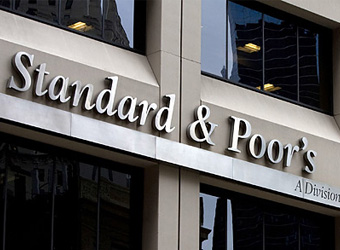Rating agency Standard and Poor’s (S&P) affirmed Friday its “B/B-” long and short-term foreign and local currency sovereign credit ratings for Egypt, with a stable outlook.
According to the statement, the stable outlook reflects the balance between the risk of large fiscal and external deficits in Egypt against the financial support from the International Monetary Fund programme, in addition to the adopted reform programme that aims to address structural balances.
Moreover, the statement cites that after observing a slowdown in growth in the first half of fiscal year (FY) 2016/2017, S&P has lowered its estimate of Egypt’s real GDP growth to about 3.8%, down from 4.3% in FY 2015/2016. This reflects the authority’s tight fiscal and monetary stance and sluggish domestic demand. Egypt’s real GDP is projected to continue to grow at a moderate rate of just under 4% on average from 2017-2020.
S&P anticipates gradual fiscal consolidation to continue, supported by the 1% increase in VAT from 13% to 14% and a reduction in public expenditures. According to the statement, Egypt’s fiscal deficit is projected to decline to around 8.6% from the current 12% in the 2017-2020 period.
On the other hand, the fragile security and socio-political environment in Egypt remains fragile. In addition to the fact that 26% of the population lives in poverty, the 13% unemployment and the public discontent due to the rising cost of living are the main risks to the economic reforms. However, the authorities have asserted that social protection and targeted compensatory measures are an essential part of the fiscal consolidation programme, according to the statement.
The statement concludes that if GDP growth exceeded the forecasted levels, and if Egypt’s fiscal and external positions were improved, the ratings would be raised. However, S&P would lower the current rating if current account financing, including from the Gulf Cooperation Council (GCC) countries, became less forthcoming.



